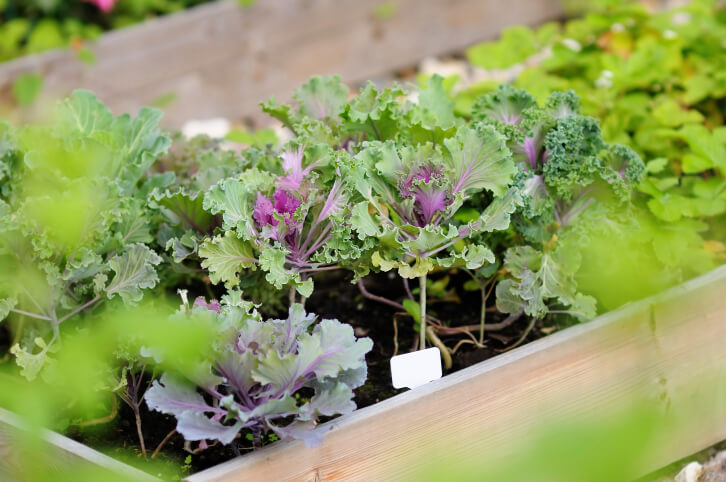
6 Smart Strategies for Small Gardens
Small gardens hold special appeal. Whether you’re tackling your first small garden or planning a complete makeover of an existing one, you can use these strategies to achieve the look you desire.
Fundamentally, there are three basic approaches:
- Stay small. This is a classic small-space solution. Scale patios, walkways and planting beds to the space available, and do the same with plants. Renewed interest in gardening coupled with the prevalence of small yards and gardens has prompted a continuous steam of compact, dwarf and slow-growing trees, shrubs, plants and flowers. Add these contenders to the already long list of plants with similar characteristics and your options are endless.
- Go large. The natural inclination is to go small, but doing the opposite offers a bold, fresh approach. Pick large-scale planters and fill them with generously trees, shrubs, plants and flowers, and do the same with in-ground beds. In each instance, be choosy. The key is to limit numbers and avoid clutter, so the effect is dramatic and intentional rather than overwhelming.
- Hit the middle ground. This too is a classic small-space solution. The strategy is simple: Just scale hardscape elements, accents, garden beds and plants toward the mid-range. To avoid monotony, mix it up a bit with a few plants that tilt the scales at the large and small ends of the spectrum.
Once you’ve selected an approach, take your plan of action to the next level by making the most of every square inch of garden space:
- Choose long and repeat bloomers. Small gardens can quickly look faded and weary when peak blooming season has passed. For a steady flush of color throughout the season, choose perennial flowers and shrubs with long or repeat blooming traits. Popular examples include select clematis, catmint, daylilies, geraniums, irises, lilacs, hydrangeas, roses, salvias and valerian.
- Opt for multi-season interest. Opt for trees, shrubs, bushes and flowers that offer visual interest over several seasons. Some hollies and mahonias bloom in spring, produce bright berries in fall and hold their green leaves year round, while some hardy rhododendrons offer an intense burst of blooms coupled with four-season evergreen leaves.
- Add vertical elements. To add height and introduce eyelevel color and interest, incorporate vertical elements. Plant tall, slender shrubs. Train an espaliered tree on a wall or trellis. Add flowering vines and climbing roses. Or introduce a tall, slender plant column and fill it with reliable bloomers.
Small gardens can quickly become fussy and formless, so in most cases, it’s smart to strive for simple lines offset by a few eye-catching elements. The compact size is one of the true delights of small-space gardening, because the reduced care requirements mean you have more time to relax and enjoy the rich rewards.